Your guide to the best cuts of pork
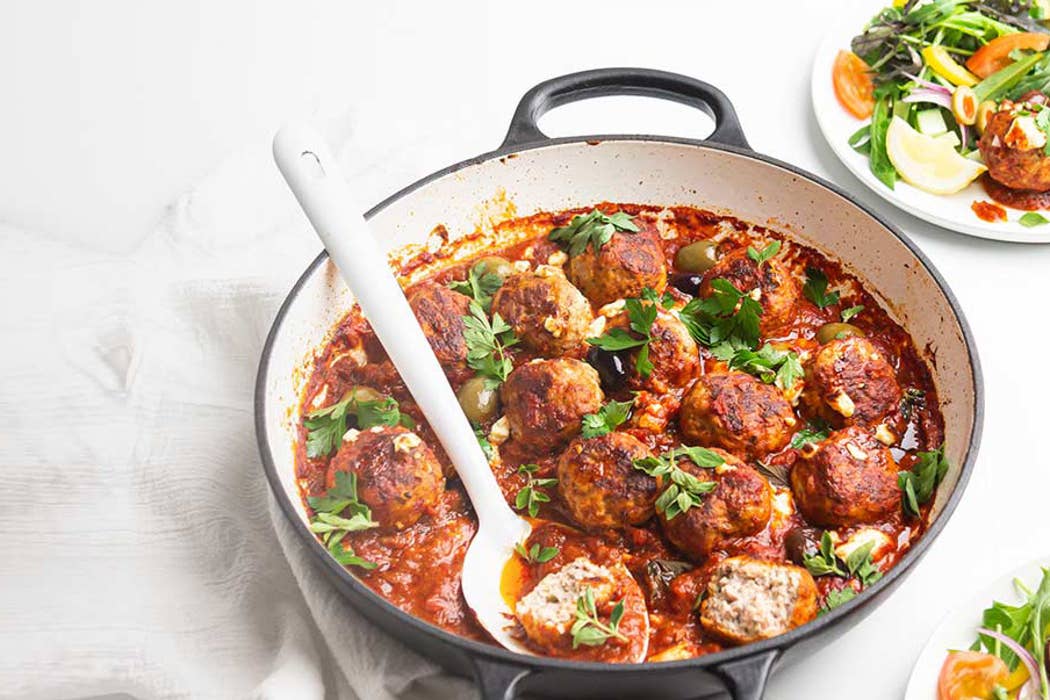
Crispy pork belly, sticky spare ribs, BBQ pork buns, tender eye fillet — Kiwis eat pork in a huge variety of different ways. This extremely versatile meat can be rich and fatty, light and lean or anywhere in the middle depending on the cut and preparation you choose.
Below, we’ll explore the different cuts of pork, how to cook them, and some of our favourite pork recipes.
Shop fresh pork at New World
1 / 0
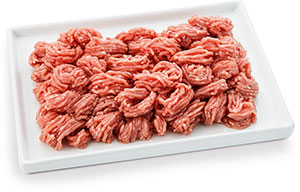
Pork mince
Pork mince is one of the most versatile cuts of pork you’ll find. Mince is usually made from pork shoulder, which ordinarily would require a long, slow roast. Fortunately, the grinding process means that pork mince is tender enough without a long cooking time.
You might use pork mince in a ragu or meatballs to replace beef, or combine it with beef for added depth of flavour. Pork mince is also popular in Asian-style dishes including Vietnamese rice rolls, Lao larb salad or a Japanese ramen.
Kiwi favourites like the humble sausage roll are also commonly made with pork mince. It’s easy to add an exciting twist to pork mince with different spices, sauces and preparations.
Whole pork joints
Pork roasts are well-loved for their succulent meat and crispy, flavoursome crackling. Many roasting joints have a thick layer of fat under the skin and when roast low and slow, this fat melts down, adding moisture to the meat and helping the skin crackle and pop.
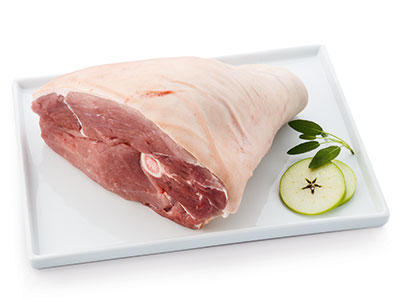
Leg roast
A pork leg roast is one of the easier pork roasts to tackle. It has a good amount of meat with a layer of fat that will melt beautifully in the oven. Simply score the skin of the leg roast prior to cooking. You can also ask your New World butcher to score the skin for you.
Cook under a high heat (240° C) for 30-40 minutes, until the skin crackles but does not burn. Then lower the heat to 170° C and cook for 30 minutes per 500 g of pork, minus the crackling time.
Pork leg roast recipes
Roast Pork Leg with Apple, Fennel and Crackle - This simple pork leg roast recipe uses the classic flavours of fennel and apple to add sweetness and depth.
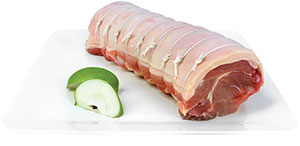
Boneless pork roast
Like leg, boneless pork roast can be very forgiving. However, before the bone has been removed, it can be easier to overcook. The flipside is that without the bone, the joint is much easier to carve.
Boneless pork roasts are the pork loin or sirloin, cut from the back of the pig along the ribs. If the bones aren’t removed, this cut might be sold as a crown or rack of pork. Generally, the bones are removed and the roast is tightly rolled so that the meat is a consistent shape for simple cooking and carving.

Shoulder roast
Pork shoulder is another great roasting cut. This cut is taken from the top end of the pig’s front legs, and can be treated much the same way as a leg roast.
However, due to the more irregular shape of the shoulder cut, some prefer leg or loin for roasting. Meanwhile, shoulder is the most popular cut for long, moist slow-cooking, such as for pulled pork.
This long cooking time helps to break down all the connective tissue and fat, and removes any need to carve around irregular bones.
Learn more: How to slow cook pork
Pork shoulder recipes
Slow Cooker Pulled Pork Buns - You can follow this recipe to make a simple pulled pork for any purpose. Use it in buns, on pizza, or even in a salad.
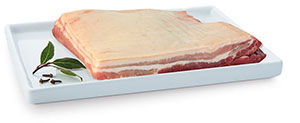
Pork belly
Though once overlooked, pork belly has become a trendy cut over the last few years. Belly has one thick layer of marbled meat, which can be boneless or bone-in, with a layer of fat on top followed by crackling skin. As the name suggests, pork belly is cut from the underside of the pig.
Because the belly can be laid out as a flat, consistently thick piece, it can cook more evenly and produce spectacular crackling.
In addition to roasting, pork belly is often used to make streaky bacon. The belly is cured or smoked and then sliced thinly for frying.
Roast for 30 minutes at 240° C, then reduce the heat to 160° C and cook for another 25 minutes per 500g.
Pork belly recipes
Oven Roasted Slow Cooked Pork Belly - Give yourself plenty of time to marinate and cook this deliciously tender slow roasted pork belly.

How to get great pork crackling
Pork crackling, pork rind, or pork scratchings is the skin of the pig, cooked to become puffed up and crispy. This usually happens as part of making a pork roast, but you can also buy pork crackling separate from a roast — this will just be the skin of the pig with a layer of fat attached.
To cook crackling, the skin must be scored. Using a sharp knife, cut just through to the fat, but not the whole way through. Rub the skin with oil and plenty of salt, then roast at a high heat (240° C) for 30 minutes.
The skin can also be cut into strips and deep fried to make Mexican chicharrón.
Pork eye fillet
Also called the tenderloin, the pork eye fillet is the leanest and healthiest cut of the pig. It’s a long, thin strip of meat taken from the inside of the ribcage and part of the larger loin cut.
The eye fillet can be treated as a quick roast, pan fried whole or cut into medallions. For the best result, pan fry or barbecue over a high heat until the outside is golden brown and the inside is blushing pink.
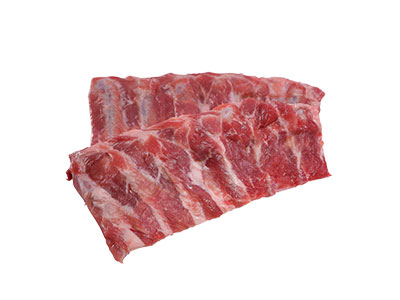
Pork spare ribs
Pork spare ribs are cut from the middle of the rib cage, reaching toward the breastbone. They’re especially popular in Southern American and Asian cuisines, known for their rich flavour and hands-on messy eating experience (which is all part of the fun!).
Spare ribs are typically sold in a large piece, with several ribs attached by the meat between them. This meat is fairly tough, but with a long, slow cook or even smoking, the meat becomes very tender.
Ribs are best served with a sticky sauce, and cut or torn into individual ribs after cooking. Eat them with your hands and don’t be afraid to get messy.
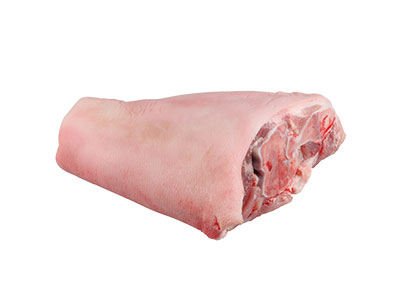
Pork hock
The hock, also called the knuckle, comes from the leg of the pig. It’s taken from the end of the shank, between the tibia and the ankle. A hock taken from the front legs is called a pork hock, while a ham hock is taken from the rear legs.
Hocks are full of connective tissue, so they’re relatively cheap and require a low, slow cook.
To cook hock, poach it whole in water with aromatics, over a low temperature for 90 minutes. Remove the hocks from the water and score the skin in a criss-cross pattern, then roast in a 200° C oven for a further 90 minutes, turning halfway through. Set the oven to grill for the last 5-10 minutes to crisp the skin.
Pork hock recipes
Pork Hocks - For another way to cook pork hock, try this sticky sweet roast pork hock.
Pork chops and steaks
While pork is well loved for its range of whole roasting joints, you can also find a great selection of chops and steaks that can be pan-fried or slow cooked. Pork chops are usually leaner than other cuts of pork, making them a popular staple for many Kiwi families.

Loin chops
Pork loin chops are usually boneless slices of pork loin or sirloin, taken from around the ribs of the pig. Some loin chops, called centre-cut loin chops, will include a t-shaped bone with sirloin meat on one side and eye fillet meat on the other.
Loin chops can be pan-fried like steak. Cook over a medium-high heat for 6 minutes on one side, then 2 minutes on the other side. Rest for at least 2 minutes before serving.

Shoulder chops
Shoulder chops are, of course, slices cut from the shoulder joint of the pig. These are very versatile cuts, suitable for both pan-frying and slow cooking.
To pan fry, cook over a medium-high heat for 6 minutes on one side. Flip and cook for a further 2 minutes on the other side. Rest for at least 2 minutes before serving.
Shoulder chops can also be braised or slow cooked for tender, fall-apart meat.
Pork steaks
Pork steaks are not nearly as common as beef steaks, but are actually very similar. Like beef, pork has a range of different steaks that are cut from different parts, but are all cooked in the same way.
Pork steaks include:
- Pork sirloin: Taken from the loin, near the back of the pig and alongside the eye fillet. Sirloin usually has a fat cap left on that should be rendered down by holding the steak fat-side down on the pan before searing. If the rib is still attached, the sirloin may be sold as a pork cutlet.
- Pork scotch fillet steaks: With beautiful marbling, scotch fillet steaks cook quickly but can be more forgiving of longer cook times as the fat keeps them juicy.
- Pork medallions or eye fillet steaks: A lean, premium cut taken from the most tender part of the pig. Medallions can be cooked as steaks or sliced for a stir fry.
Pork steak recipes
Pork Stir Fry - Thinly slice pork medallions for this hot and fast pork stir fry.
Sweet and Sour Pork - Dice rump steaks for an affordable, lean cut in this sweet and sour pork.
Pork pieces and slices
Further processed pork cuts such as pork pieces and pork slices can be a little confusing — but they’re simply your favourite cuts, trimmed down and prepared for you to save time in the kitchen.
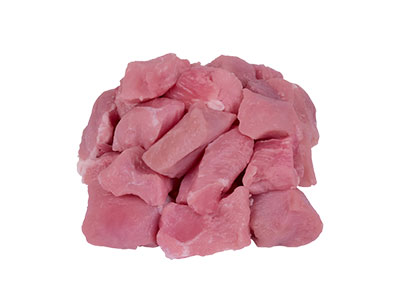
Pork pieces
Pork pieces or diced pork is a lean cut, often prepared from the meaty parts of the shoulder or leg. Your butcher has done all the hard work, cutting out connective tissue and fat so that you can have a quick, healthy dinner.
If a recipe calls for diced pork or asks you to dice any larger cut of pork, buying pork pieces is a great time-saver.
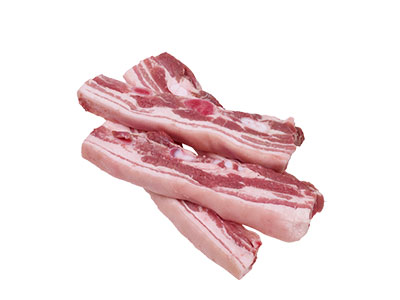
Pork slices
Pork slices are medium-thick slices of pork cut from the belly. They look a lot like thick-cut streaky bacon, because that’s what they would be if they were cured or smoked!
Pork slices can be braised or roasted for about an hour to allow the fat to render down and the skin to become tender. Or, pan-fry the slices on a medium-low heat for 4-5 minutes on each side.
You can also slice them thinly and toss them into a stir-fry for a flavourful twist on your favourite weeknight meal.
Hungry for more?
Discover more tips and tricks from your New World butchery, or shop from our great range of fresh pork cuts or prepackaged pork.




















